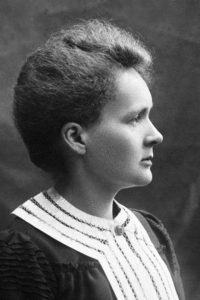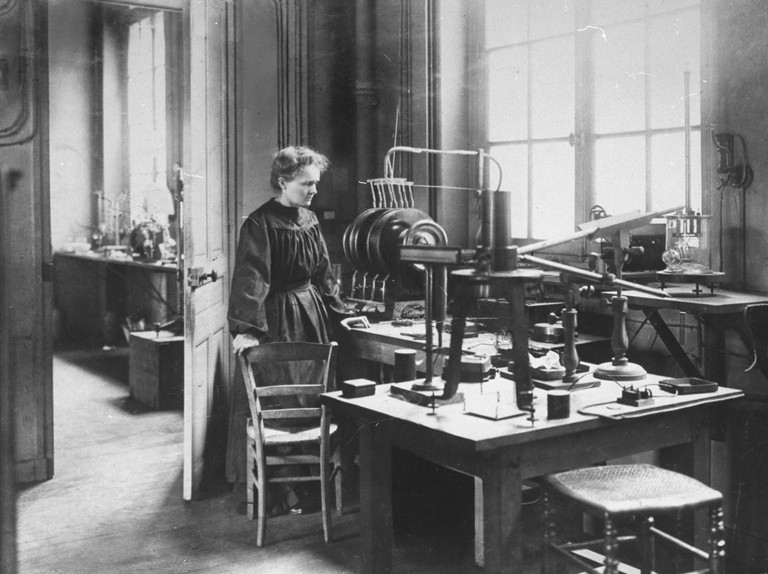Marie Curie is the only person to earn a Nobel prize in two different sciences:
The pioneering researcher won the Nobel Prize in Physics in 1903 (shared with her husband) for her study of spontaneous radiation, and then won the Nobel Prize in Chemistry in 1911 for her work in radioactivity.
That makes her one of just six recipients to receive multiple Nobel prizes, and the only person to receive it in two different sciences.
Chemical engineer Linus Paulding earned a Nobel Chemistry Prize and Nobel Peace Prize, but all other multiple winners received theirs in the same category.

1903 Prize:
The 1896 discovery of radioactivity by Henri Becquerel inspired Marie and Pierre Curie to further investigate this phenomenon.
They examined many substances and minerals for signs of radioactivity. They found that the mineral pitchblende was more radioactive than uranium and concluded that it must contain other radioactive substances.
From it they managed to extract two previously unknown elements, polonium and radium, both more radioactive than uranium.
1911 Prize:
After Marie and Pierre Curie first discovered the radioactive elements polonium and radium, Marie continued to investigate their properties.
In 1910 she successfully produced radium as a pure metal, which proved the new element’s existence beyond a doubt.
She also documented the properties of the radioactive elements and their compounds.
Radioactive compounds became important as sources of radiation in both scientific experiments and in the field of medicine, where they are used to treat tumors.











